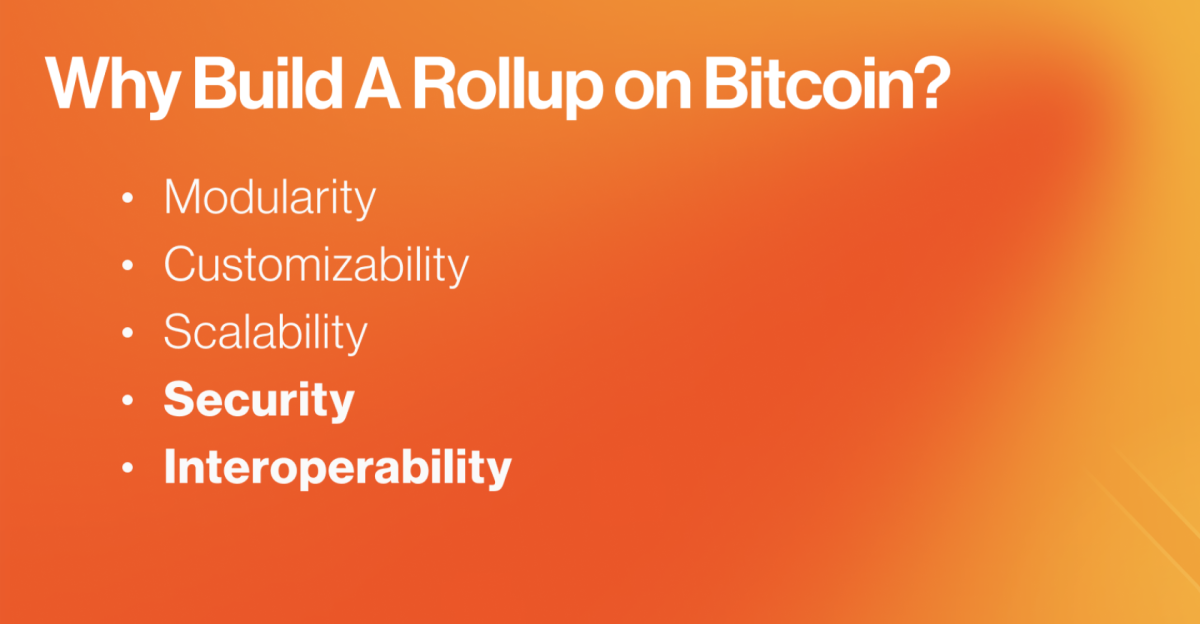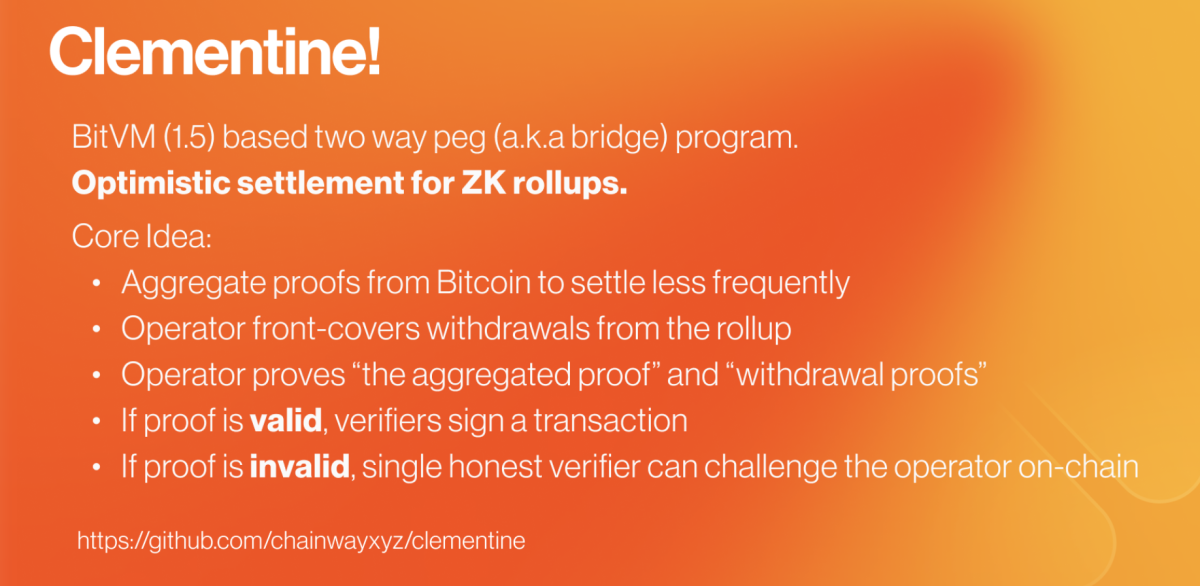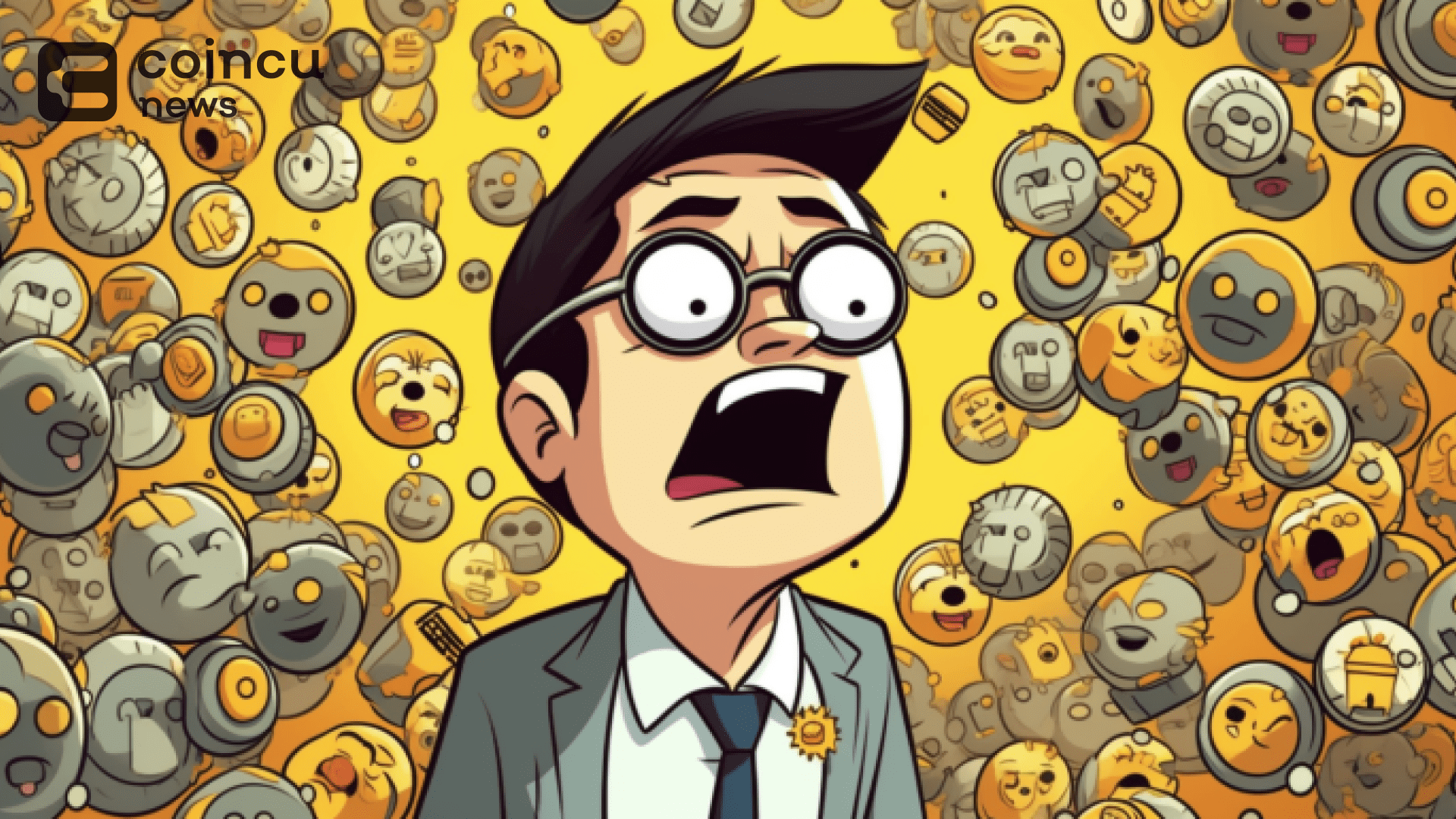Bitcoin’s First ZK Rollup Preparing to Release

Bitcoin & Beyond is an educational series from The Rollup team focused on the emerging class of builders in the Bitcoin ecosystem. The goal is to provide deep technical insight into innovative expansion projects through space, panels and interactive presentations.
In this episode, the crew sits down with Citrea’s Orkun to discuss building Bitcoin’s first zero-knowledge (ZK) rollup. Rollups are a new technology that can improve the utility of Bitcoin, providing a variety of scalability improvements while maintaining the security of the Bitcoin infrastructure.
“Rollup is a blockchain that uses another blockchain as a data availability layer,” Orkun emphasizes.
Many different factors are considered in roll-up design, but he believes these should not be part of the definition. “Where do bridges fit into settlements? ZK or are you optimistic? Execution layer? That’s not important.”
Sitrea’s motivation

Citrea’s motivation for building a zero-knowledge rollup for Bitcoin stems from Bitcoin’s unparalleled security and censorship resistance. Despite these advantages, Bitcoin has limitations in block size and scripting capabilities. “Currently, there are very limited things you can do with Bitcoin other than simple payments. We want to use Bitcoin’s block space security to do more,” Orkun said.
Overcoming Bitcoin’s limitations through modularization
Citrea is attempting to address these limitations through modularity. By building rollups, developers can customize the stack to create a variety of applications, such as payment rollups, gaming rollups, and EVM rollups. This flexibility allows for a variety of optimizations that allow the blockchain to scale without changing the core protocol. The combination of different services provides fertile ground for experiments that were previously impossible.
Security is paramount in Bitcoin and all the layers built on top of it. “Building rollups is really the only way to ensure security, unless you build channels like Lightning or Mercury, which are still limited by the capabilities of Bitcoin.”
Citrea’s innovation is to use Bitcoin as a data availability layer. Thanks to historical changes like SegWit and Taproot, developers are discovering new ways to input data into Bitcoin transactions. This allows Bitcoin to be used as a data availability layer for rollups. “So you can post data to Bitcoin, but that data may be random because it doesn’t run on the blockchain,” Orkun explained.
Using Bitcoin for data availability involves trade-offs. Although it guarantees high security, it may not be suitable for high-speed, low-cost applications. “If you want full Bitcoin security, you should use Bitcoin as your data availability layer. However, for high-speed, low-cost applications, other layers like Celestia may be more appropriate.”
clementine bridge

To move Bitcoin in and out of the system, Citrea built Clementine, a BitVM-based two-way peg that optimistically verifies ZK proofs. This mechanism aggregates Bitcoin’s proofs, reducing the need for frequent payments and increasing security. “We are writing these proofs to Bitcoin every hour. Other rollups can read the proofs from there and run based on them,” Orkun explained.
The evolution of the BTC bridge has shifted from a managed and federated threshold bridge to a modern crypto-economic security bridge. Federation bridges rely on majority consensus within a committee, while cryptocurrency economic bridges such as Stacks or tBTC use staked assets to ensure security. Orkun elaborated, “In crypto-economy security, you still trust the federation, but those people actually hold other assets. If you steal money, you can get a cut of those assets.”
But Clementine goes one step further. We use a BitVM-inspired optimistic approach to verify cost-effective and secure ZK proofs. This approach allows you to aggregate evidence to make the process efficient and scalable.
The core idea of Clementine is to provide an optimistic consensus on ZK rollups. “We aggregate Bitcoin proofs of Bitcoin to reduce the frequency of settlement because we cannot settle on every single block. That would be expensive,” Orkun explained. By periodically recording data and compiling evidence, Clementine ensures that conditions remain accurate and secure.
To achieve this, the operator initially processes user withdrawal requests at its own expense and then aggregates the required evidence into a single submission to the network. If other operators suspect foul play, they can challenge the submission. If the challenge is successful, the dishonest operator loses his initial bond and is removed from the network. If the operator’s submission is not contested, the user may recover an amount equal to the amount spent from the user’s original deposit.
This setting introduces the trust minimization assumption that only one participant must be honest to ensure security. “We call this minimized trust because now there is an assumption that there is 1 out of N people. If one of these N people is honest, your money is safe,” Orkun emphasized. This is a significant improvement over existing models that require majority consensus on security.
Future plans and ecosystem impacts
In the future, Citrea plans to introduce Volition, a hybrid model that balances on-chain security and off-chain cost-efficiency. This allows applications to choose how to store data based on their specific requirements. Orkun also emphasized the importance of transaction fees for Bitcoin’s long-term security, with Citrea using Bitcoin as a data availability layer to help maintain miner incentives and network security.
“So if you want to deploy a gaming application now based on your usage, you can use off-chain data. It’s very cheap and fast, but you still get Bitcoin interoperability. If you want to build a Bitcoin-based stablecoin application, It allows the data to be used on-chain, so the stablecoin is fully secured on-chain and also fully secured to Bitcoin, although it is slightly more expensive, but interoperability between gaming applications and stablecoin applications is still maintained.”
Combining the elasticity of Bitcoin with the flexibility of rollups can push the boundaries of what is possible with Bitcoin. Check out Citrea’s website to learn more about their work. Follow the Bitcoin & Beyond series at therollup.co to learn more about the evolving state of Bitcoin scaling solutions.
This is a guest post from The Rollup. The opinions expressed are solely personal and do not necessarily reflect the opinions of BTC Inc or Bitcoin Magazine.



